If you can’t put a finger on why you don’t like your space, you might not have considered your windows. Ugly window treatments can be like a great show with a terrible ending; they sort of ruin the whole thing. However, great window treatments can transform an average space into a beautiful one.
Window treatments can be extremely expensive and complex. Even if you’re a designer, understanding the world of custom window treatments is like learning trigonometry. I won’t get into the details in this post, but I will give an overview and some helpful tips for installing window treatments on your own. I want to share the basics, because it is worth it. Everyone should have good looking window treatments.
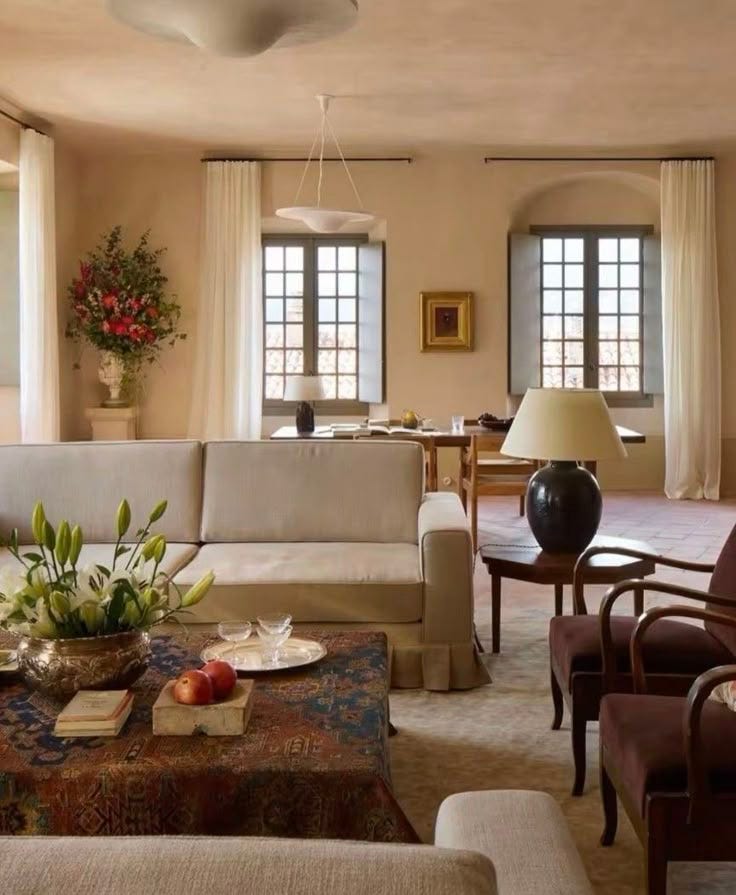
Types of Window Treatments:
Drapery (or curtains)
Roman Shades
Roller Shades
Cafe Curtains
Venetian Blinds
Shutters
Here is a breakdown of when to use which type
Drapery (or curtains) - use for living & dining spaces and bedrooms where you have space on at least one side of the window. Don’t use in bathrooms or near doors that will get wet and dirty, like by the pool.
Roman Shades - use for any space really: kitchens, living, bedrooms. I prefer drapery in primary bedrooms, but roman shades can work as well. Some rooms that don’t get a lot of direct light or need privacy don’t need window treatments at all, otherwise roman shades generally work.
Roller Shades - can go anywhere where they can be hidden when not in use and where you need the functionality of darkening a room or privacy. Also great for layering under roman shades in bedrooms where one is for privacy and the other is for blackout. A good option if you want something minimal and not decorative.
Cafe Curtains - very cute in bathrooms, kitchens or living spaces that face the street. Also, obviously in cafes or restaurants. They’re great for added privacy while allowing lots of light.
Venetian Blinds - I can’t think of a place where I would recommend these, they’re usually ugly and such a pain to dust. But I don’t like to give up on things, maybe there is someone out there making cool ones, let me know if you know anyone.
Shutters - I would usually steer away from these because even when they’re open they block light, but if you’re going for a very traditional look in a room that gets a lot of light, use these. Or keep those original ones you see in old brownstones.
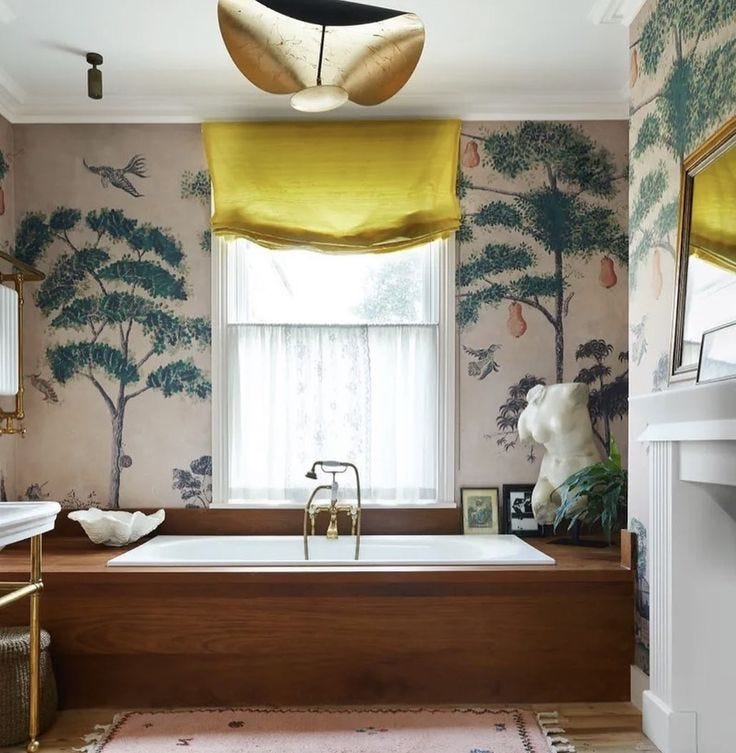
Window Treatment Terms to Know:
Terms to know
Privacy vs Sheer vs Blackout:
Blackout shades, or drapes, darken the room and let no sunlight in. Ideal for sleeping unless you’re someone who can sleep in too easily and need sunlight to help wake up. I’m not one of those people, I like blocking out even the street lights or moonlight.
Blackout window treatments typically have a lining on the backside that make them darkening.
Privacy shades ,or drapes, don’t block out light, they just add privacy. Pretty necessary to keep out peeping neighbors (like me who likes to walk down the streets in Brooklyn and see what other peoples brownstones look like).
Sheer is a form of privacy, often interchangeable, with the added criteria that you can see through them. Less privacy, but more sunlight. I love sheer drapes and installed these in our apartment living room.
Inside vs Outside Mounted. Also, Wall or Ceiling Mounted:
Inside mounted means the shades are installed inside the window frame. Roller shades and cafe curtains are almost always inside mounted. Roman shades can be inside mounted or outside mounted. Outside mounted means either mounted on the wall or ceiling outside the frame of the window.
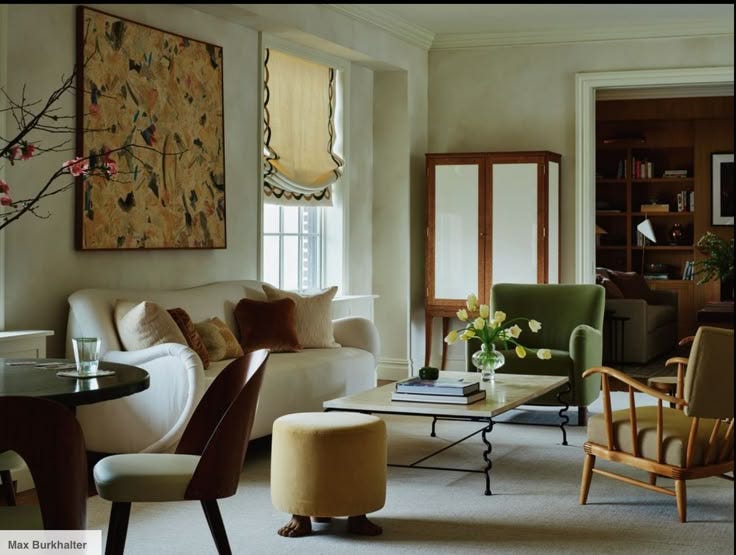
Example of an inside mounted roman shade. You can tell because the shade sits within the window casing. Single, Double Decorative Rods vs Traverse Rods vs French Return
Single or double decorative drapery rods have brackets and end caps so the drapes don’t fall off.
Traverse rods have a track mechanism so drapery can span the entire rod without being interrupted by the tracks. These are great for long windows.
French return rods turn the corner into the wall so the drapes are kept in. This is ideal for blackout drapery because the fabric can go all the way to the wall. But I also think it’s chic and minimal.
Valence vs. Facia
Valence is a cover for roman shades or drapes at the top of the window treatment like a hat. It is usually made of the same fabric as the window treatments and can be just straight or very elaborate.
Facia is a part of the wall built to cover the tops of the window treatment. Typically this is chic and subtle and makes the window treatments look as if the room were always meant to have them
Motorized, hard-wired, battery powered, manual
If you want extreme luxury you can control your window treatments with a button or your phone. You can either apply a battery that can be concealed, or hard-wire them in your walls.
Wand, batten, tie-back
Used to pull drapes or hold them back.
Styles of drapery
There are different ways drapery is made to bunch up when it is open. These are either through pleats or ripple folds. You can see the different types of pleats in the image above. Pleats are more traditional, ripplefold is more modern.
Rod connection style - the different ways the drapes attach to the rods
Rings - possibly the most common. I like curtain rings that are very small and minimal so the drapery doesn’t appear so heavy. They either clip to the drapery or can be sewn in.
Back tabs or pocket. Allows the drapery to slide onto the rod, I love this for a minimal look and easy install. This is what I used for my drapery.
Grommet Holes - I don’t love these, although they are easy to slide open and closed.
Tab Tops or tied tops - don’t require any clips or rings, I think these are pretty.
Track - drapery that clips in and runs on a traverse track. Great for ease of use, but require a little more work to install.
Tips for purchasing and installing drapery
Measure all of these dimensions:
Floor to ceiling
Top of window to ceiling
Width of window from outer edges
Space you have on either side of the window
If you have limited space, this will be you limiting factor for the length of the rod, if you don’t have limited space account for about 5-10” outside either window edge to the right or left.
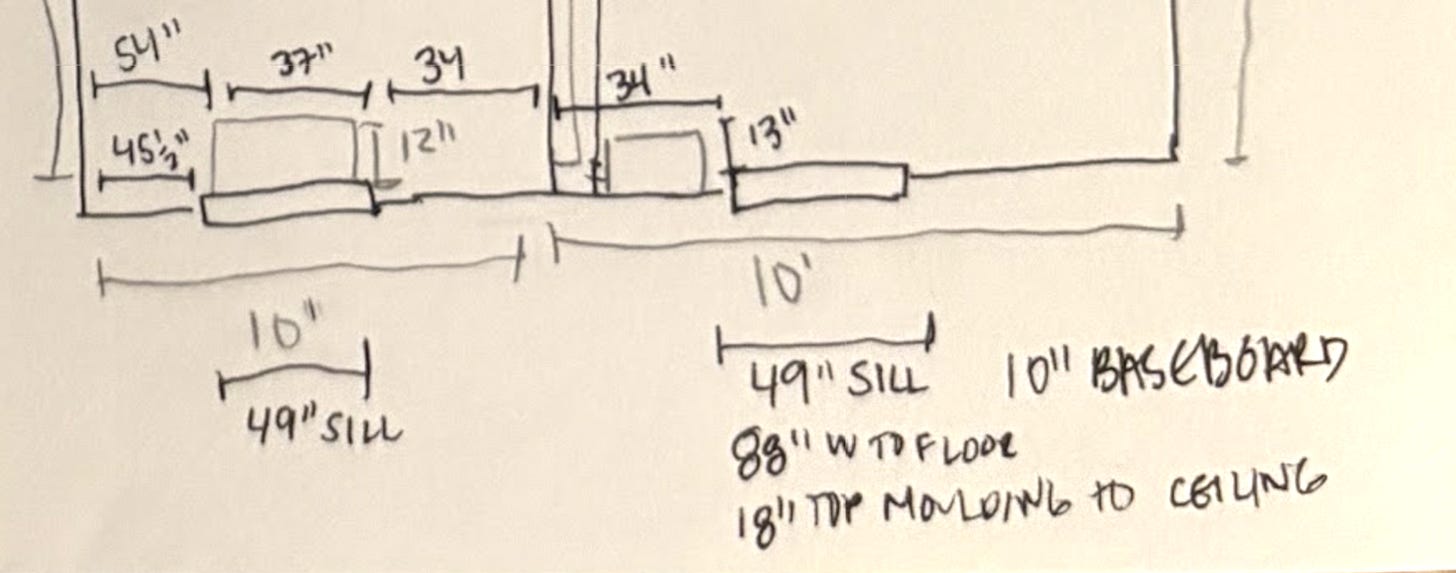
Determine where you want the rods to be placed
I like rods close to the ceiling, about 3”, to make the ceilings look higher and the room to feel elegant.
I like rods to span about 5-10” either side of windows depending on how big the windows are and how much space you have. You don’t want your rods to end too close to the window, forcing the drapes to hang over the windows when they’re open.
Get curtains that go to the floor!! Almost all of the time curtains that don’t fall to the floor look silly. Also, don’t get curtains that pool on the floor, this is excessive and messy.
Purchase rods and curtains or fabric
Rod style
I like thinner diameter simple metal or sometimes wood rods. Black or darkened bronze are my go-to, but unlaquered brass can work in specific places especially cafe curtains, sometimes it just looks too glitzy feminine. Wood can be cute for really relaxed spaces.
I like very simple end caps, or better yet French returns. Most of the time I’m a maximalist, but I like to draw attention elsewhere and let curtains be an element that adds beauty you don’t notice. I like curtains like I like clouds in paintings, to feel weightless.
I had a hard time finding rods that aren’t crazy expensive, here is where I found rods:
Etsy - I got rods from this seller
Pottery Barn - I got these French return rods and love them, super simple and hold well. I like that you cannot tell they are extendable instead of made to measure.
Rejuvenation, Nordic Knots and the Shade Store make good slightly pricier rods
CB2, Crate and Barrel, Target, IKEA make less expensive rods
There are plenty of places to buy drapery
Etsy - so many amazing drapery vendors!
I got my sheers from this vendor and I love them so much. I love the cream, ripple fold, back tabs.
You can probably get a vendor to make curtains out of any fabric you find in any style you find.
All of the usuals make curtains, here are some favorites from them: Pottery Barn, CB2, Target, IKEA, Anthropologie, Urban Outfitters.
I’ve heard people enjoy Pepper Home curtains if you like more traditional patterns.
Purchase fabric and take it to a seamstress or attempt yourself.
Determine the fullness you want
Places on Etsy and places where you get made to measure drapes will ask for the fullness. Basically, how wide do you want the drapery to stack, do you want it to look robust with lots of folds, or simple.
100% fullness means the drapery with close all the way.
We usually recommend 100% or over 100% to achieve the specific look of beautiful drapery, but sometimes you don’t want the drapes to look so overbearing.
I love the style of straight drapery without any folds as well, like below:
Hire a task rabbit to install the curtains!!
I love doing everything myself and have hung many curtains in many apartments. It always takes me around 3 hours to a whole day and never looks as good because I don’t own a laser and I get frustrated. Unless you’re pretty handy or you have very straightforward windows and level floors, the money is worth spending on a task rabbit.
If you do want to do them yourselves, I am proud of you. The instructions are straightforward. You just need a lot of patience with measuring and leveling and should be handy with a drill. It is also easier with two people, get someone to hold up the rod while you mark the spot.
Notes for Roman Shades
I’ve never installed roman shades, but I assume they are similar to drapes in that it’s probably best to hire someone.
I also like these to be outside mounted, and mount them closer to the ceiling to make your ceilings look higher.
Invest in quality roman shades so you don’t kick yourself later on for the pulls breaking.
Notes on weird window conditions
Bay windows
Drapery can be pretty on the walls on either side of the bay, they just won’t be super functional, you could also do roman shades
Windowed doors
For swinging doors, if you don’t need window treatments don’t get them, they get in the way. If you have a windowed door to a bedroom, do an inside mounted roller or roman
For sliding doors, drapery is great as long as the stack isn’t covering the door
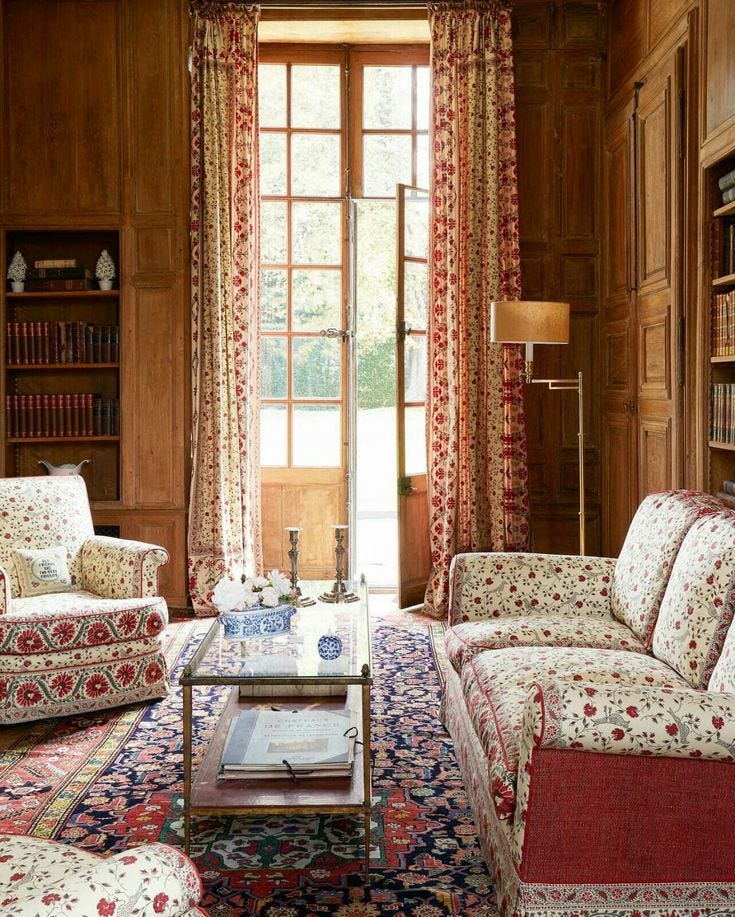
Pitched ceiling windows - I’d just leave alone unless you want a room really blackout.
Windows that don’t have much wall space, you can always do one curtain stack on one side of the window, it’s cool.
Windows facing the street, you want privacy but don’t want to block the light.
Cafe curtains or top down bottom up roman shades - only if you get some that are well made because they require a lot of string pulling, or just sheer drapery.
Really wide span of windows - typically don’t like doing roman shades because one can’t span across all of the windows and multiple shades can get annoying. Preference is drapery.
Other important tips
Drapery stretches, especially linen. So account for about 1/4-1/2” stretching when measuring.
Drapery fades in the sunlight over time. Better to get lighter colors anyway.
Please dust your window treatments.
Other Oddities:
Fashioning Wonder - Cabinet of Curiosities exhibit at the FIT Museum. It’s free and runs until April 20th. If you’re in NYC and like interesting clothes and accessories I highly recommend. This substack is sort of its own Cabinet of Curiosities…


Items at the Cabinet of Curiosities exhibit 2. Suzani Hand Embroidered Short Jackets - in my cart for spring and cold summer nights. I just found this vendor on Etsy and I love so many of them, I’m having a hard time deciding.
Emily Thompson Flowers book - I just listened to an interview with her. I love her approach to florals and her new book looks interesting and beautiful.
4. Ostrich egg candle holders - just in time for Easter! Only $1,800.





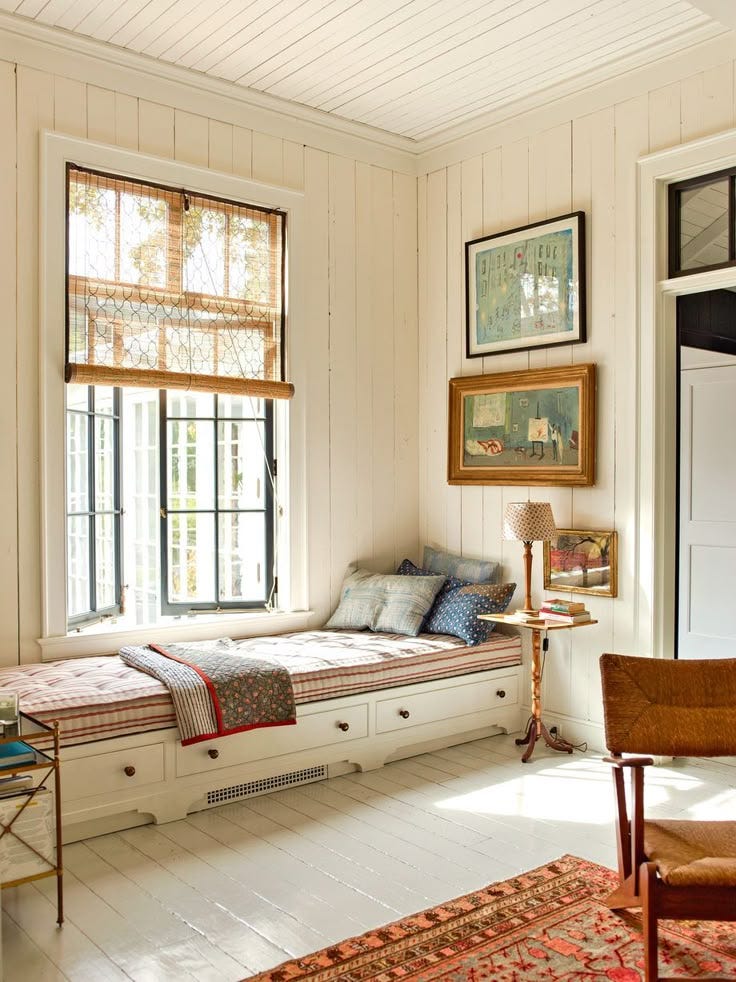
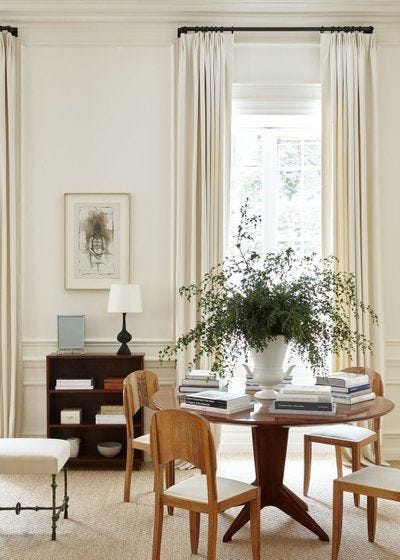

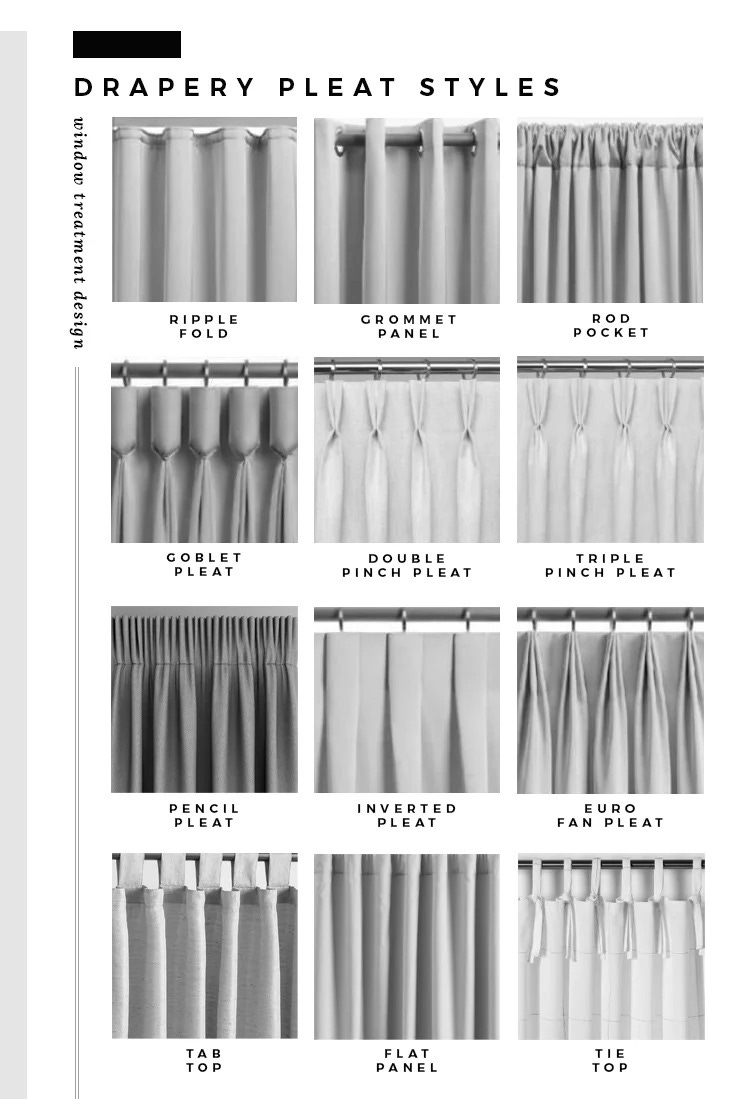
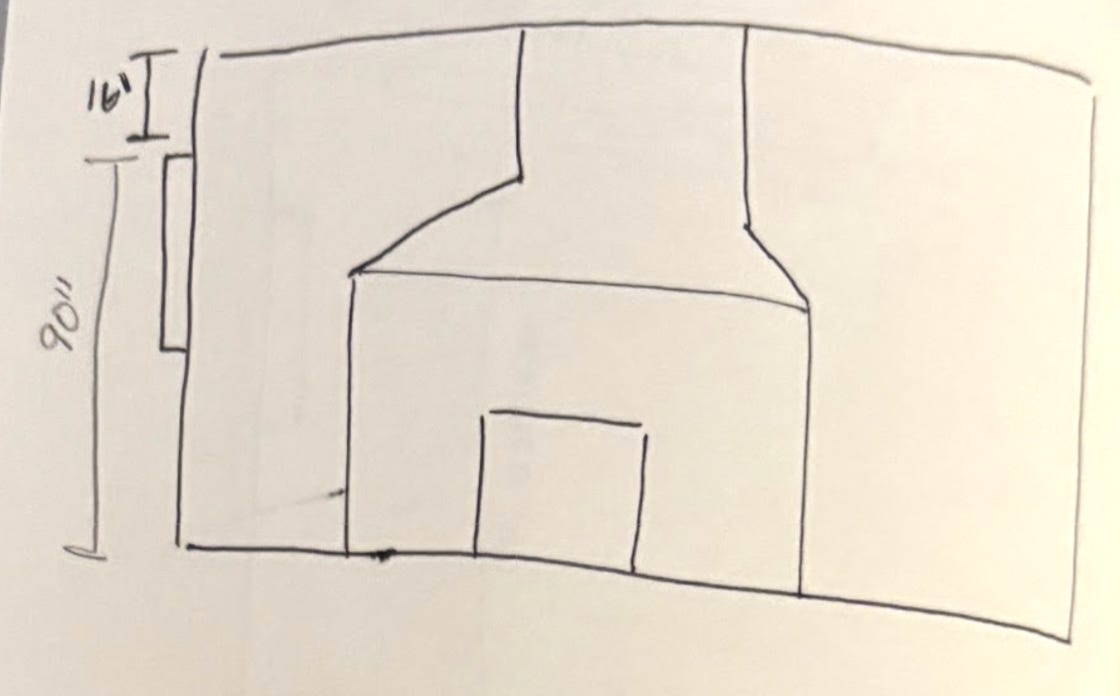
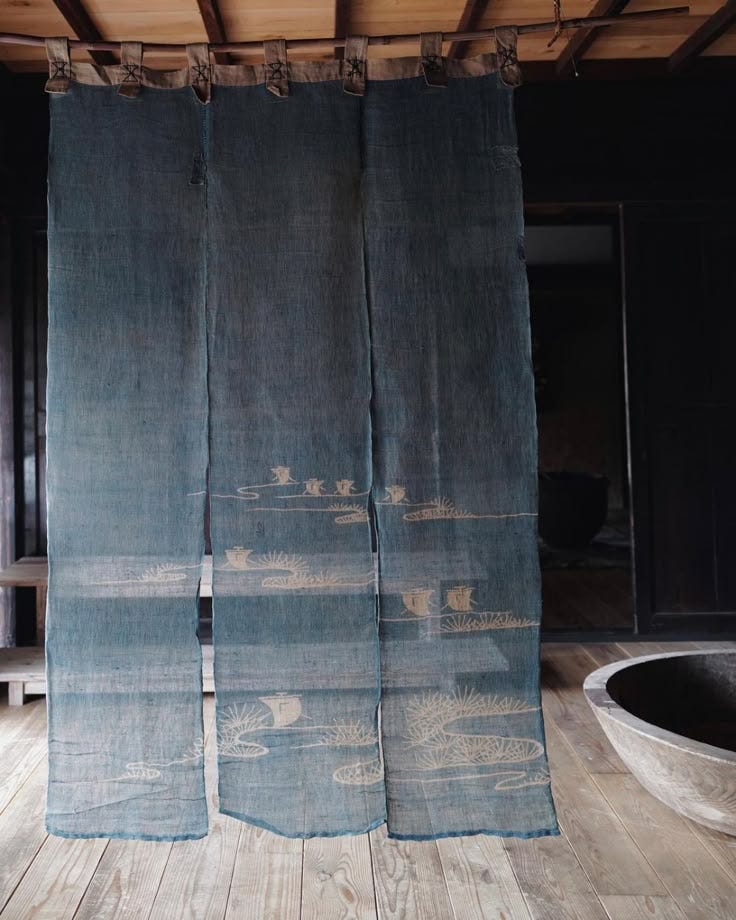
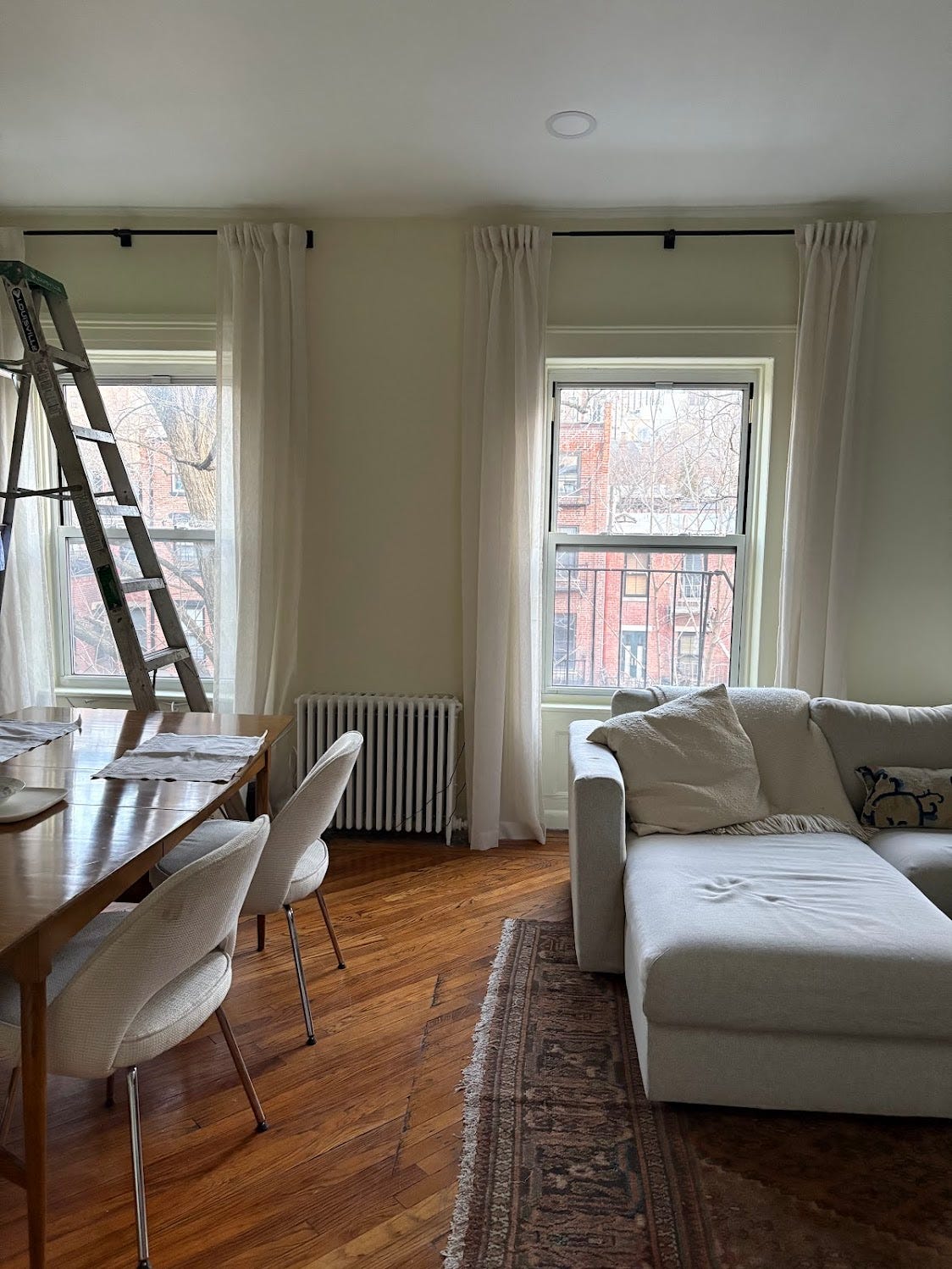
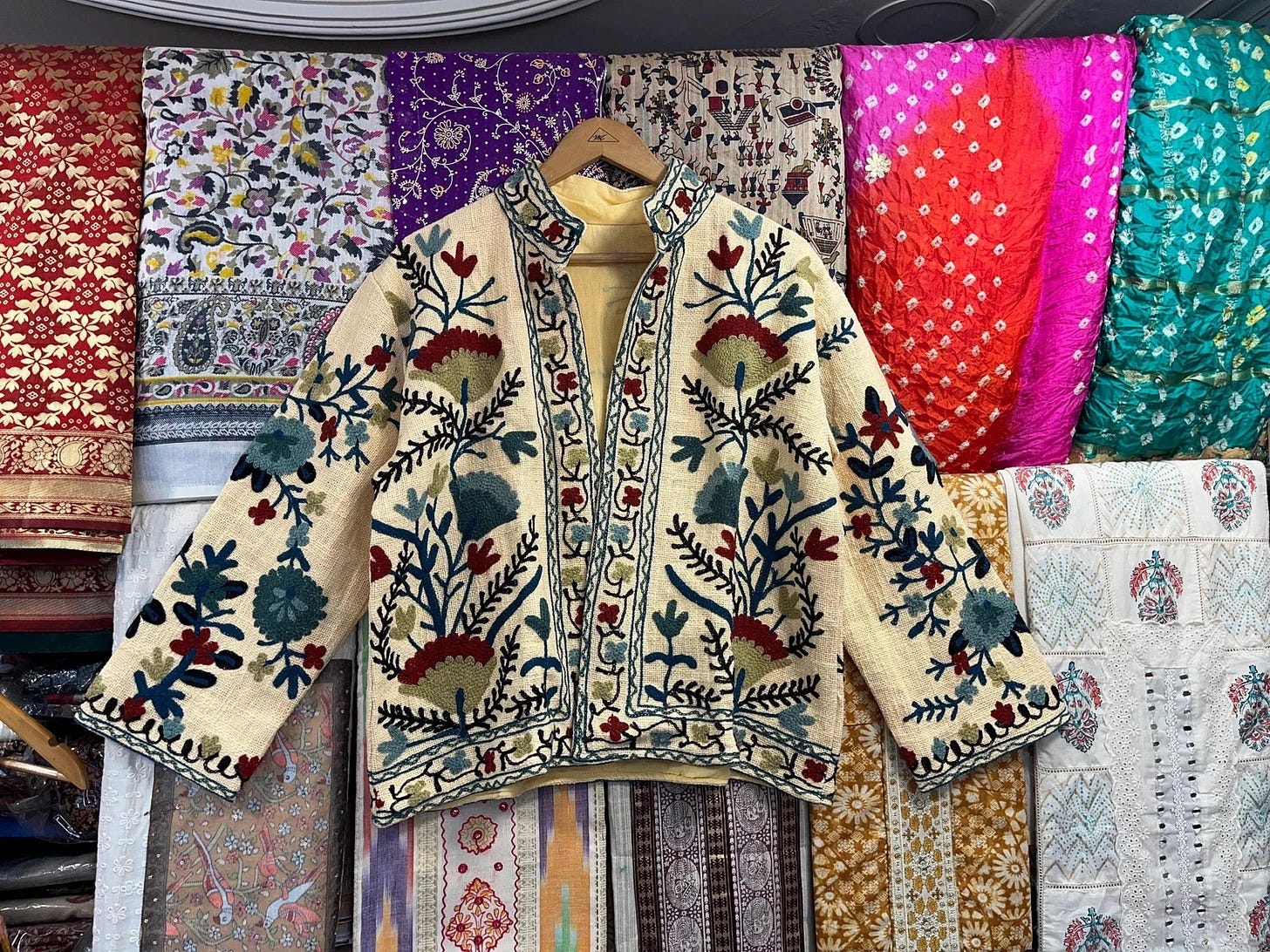
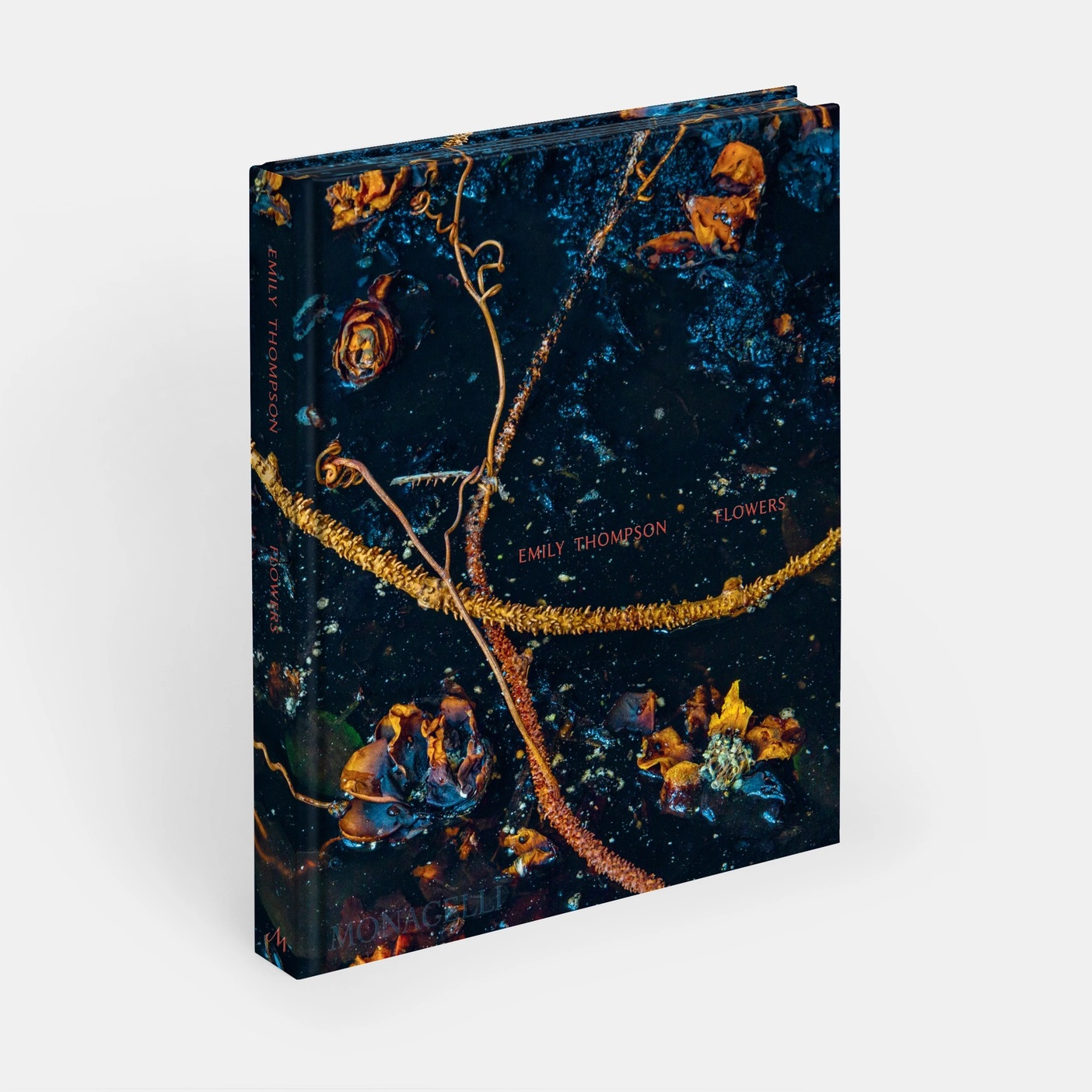

So much information! Thanks for sharing this.